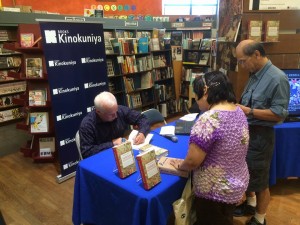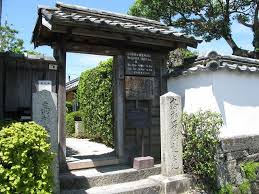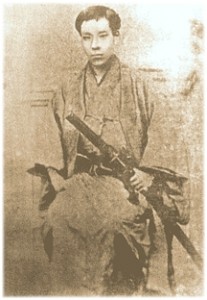Bushido, “way of the warrior,” was fundamental to samurai society. It was an unwritten code which incorporated the eight virtues of Confucianism: benevolence, justice, loyalty, filial piety, decorum, wisdom, trust, and respect for elders. Its most cherished values were courage and loyalty to one’s feudal lord. Chapter 8 of Samurai Revolution is titled “A Brief Discussion on Bushido.” I included it because a fundamental understanding of bushido is essential, I think, to understanding Japanese history.
Bushido Kyokai (武士道協会), a Tokyo-based NPO, describes bushido as “the spiritual foundation of the development of modern Japan.” The organization, which exalts life and world peace, states that its purpose is to “revive bushido in the hearts of modern Japanese people and people from around the world who live in Japan.” (http://www.bushido.or.jp/index.html) Kudos to Bushido Kyokai!
Yet there is another side of bushido which should be considered. In the spring of 1862, Shimazu Hisamitsu, the father of the Satsuma daimyo, sent a squad of nine expert swordsmen to the Teradaya inn near Kyoto to dissuade fellow Satsuma samurai from taking part in a planned uprising against the Tokugawa Shogunate in Kyoto. If they could not dissuade them, they were ordered to kill them. In other words, Hisamitsu ordered his men to kill some of their closest friends. The nine swordsmen readily acquiesced, a fact which is “almost incomprehensible to people today,” comments Kaionji Chogoro in his acclaimed biography of Saigo Takamori. Kaionji, himself a native of Satsuma, explains that the nine stoically accepted their orders based on “the aesthetics of the samurai of Satsuma,” who “held meanness, irresolution, and cowardice as the greatest immorality, and bravery and strength as the ultimate virtues. In a word, bushidō is the beauty of stoicism itself, but in a way it is also inhuman, brutal and almost immoral.” I wrote about the “Teradaya Incident” in Chapter 7 of Samurai Revolution.
For updates about new content, connect with me on Facebook.





